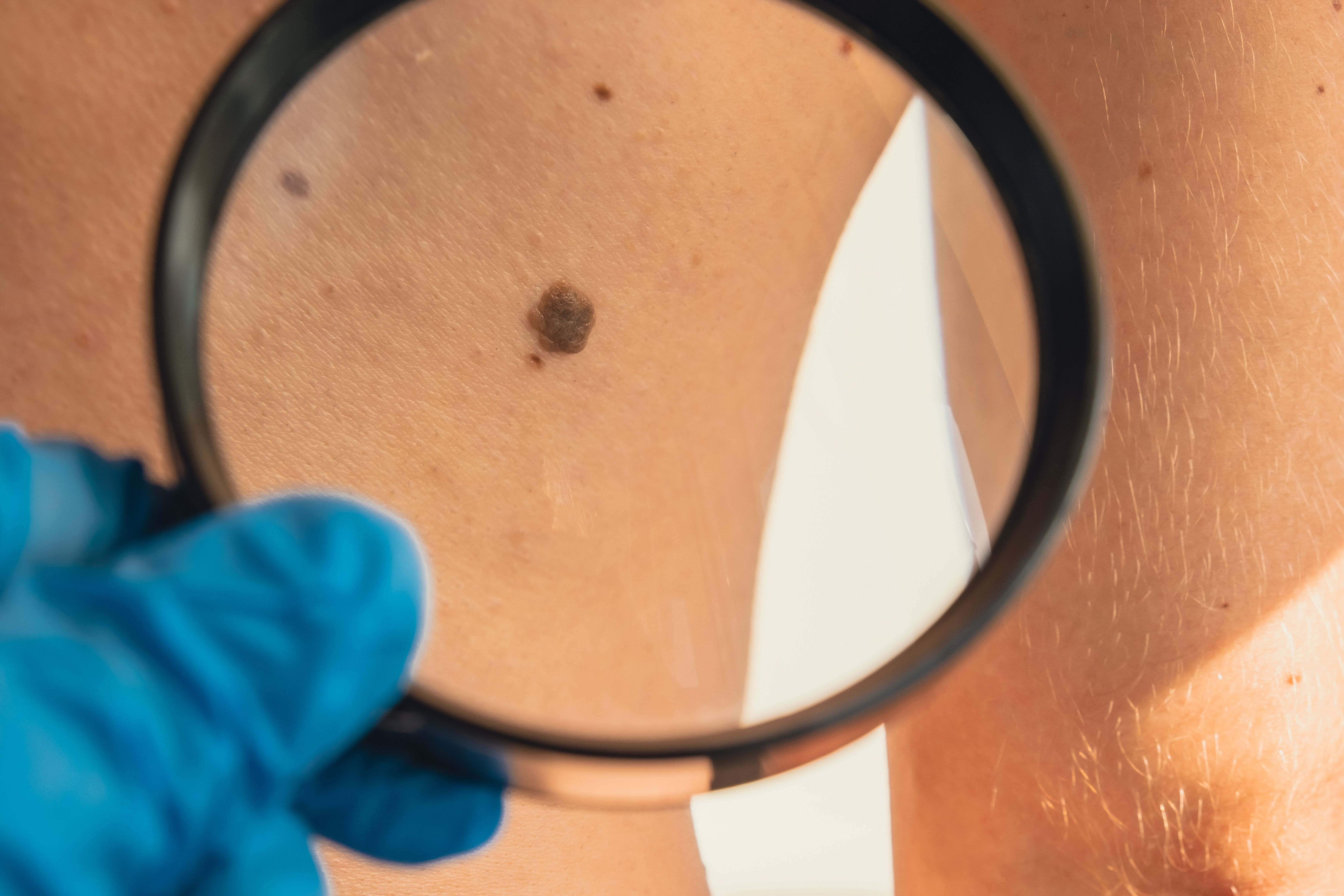Commentary
Video
Dr Jonathan Riess on the Potential of IO102-IO103, the Cancer Vaccine Landscape
Author(s):
Jonathan Riess, MD, MS, director of thoracic medicine at UC Davis Health, gave insight into the rationale and efficacy data for combining cancer vaccine IO102-IO103 with pembrolizumab in advanced squamous cell carcinoma of the head and neck.
Jonathan Riess, MD, MS, director of thoracic medicine at US Davis Health, gave insight into the rationale for combining cancer vaccine IO102-IO103 with pembrolizumab in advanced squamous cell carcinoma of the head and neck (SCCHN), as well as promising initial efficacy and safety data presented at the European Society for Medical Oncology Congress 2024.
Transcript
Can you explain the rationale for combining IO102-IO103 with pembrolizumab or other immunotherapies to treat advanced SCCHN?
In terms of combining IO102-IO103 with immune checkpoint inhibition, such as the PD-1 antibody pembrolizumab in our phase 2 trial that I presented at ESMO, the rationale is that subcutaneous injection with IO102-IO103, which is a cancer vaccine, activates T cells against IDO-positive and PD-L1–positive cells. And these vaccine-activated T cells attack and kill target-expressing immunosuppressive cells in the tumor microenvironment, and then the inflamed tumor microenvironment becomes more immunopermissive, which enables further tumor cell killing by the recruited tumor-specific T cells. There were some exciting early data in melanoma that have been published with another PD-1 inhibitor, nivolumab, and IO102-IO103 that showed an 80% response rate. So based upon this, we embarked on a basket phase 2 study that included high PD-L1–expressing head and neck squamous cell cancer.
What were the main findings you presented at ESMO Congress 2024, and what do these findings indicate in terms of the potential of IO102-IO103 plus pembrolizumab in advanced SCCHN?
Well, the main findings in terms of efficacy as well as safety, [were] we had 18 efficacy evaluable patients where we looked at how well the tumor shrunk after receiving at least 2 cycles of treatment or more, and what we saw was a partial response rate of 44.4%—that was our primary endpoint. So, we met our primary endpoint, and 8 out of the 18 evaluable patients had responses. So that was exciting to see where we see a signal of potential activity in this patient population. Several of those responses were durable.
In terms of safety, we saw immune-related adverse events that were mainly consistent with what we typically observe with single-agent pembrolizumab, along with some injection site reactions from the actual injection of the vaccine. We also showed some evidence in some patients of vaccine-specific T cell responses, and so that was also quite intriguing. And again, kind of taking all of this data as a whole—once again, this is a this is a small study, 21 patients with head and neck squamous cell cancer, 18 evaluable—but based upon this data, it provides a foundation to support a larger study to confirm these findings.
What unmet therapeutic needs do cancer vaccines in general have potential to address?
I think cancer vaccines in general, such as IO102-IO103, have the potential to further enhance the immune response to provide efficacious treatment for head and neck squamous cell cancers as well as other cancers, to help improve outcomes for our patients.
Reference
Riess JW, Spicer J, Seiwert T, et al. A phase II trial of the IO102-IO103 vaccine plus pembrolizumab: Completed cohort for first-line (1L) treatment of advanced squamous cell carcinoma of the head and neck (SCCHN). Presented at: European Society of Medical Oncology Congress 2024; September 13-17, 2024; Barcelona, Spain. Poster 1022P.

Navigating Sport-Related Neurospine Injuries, Surgery, and Managed Care




